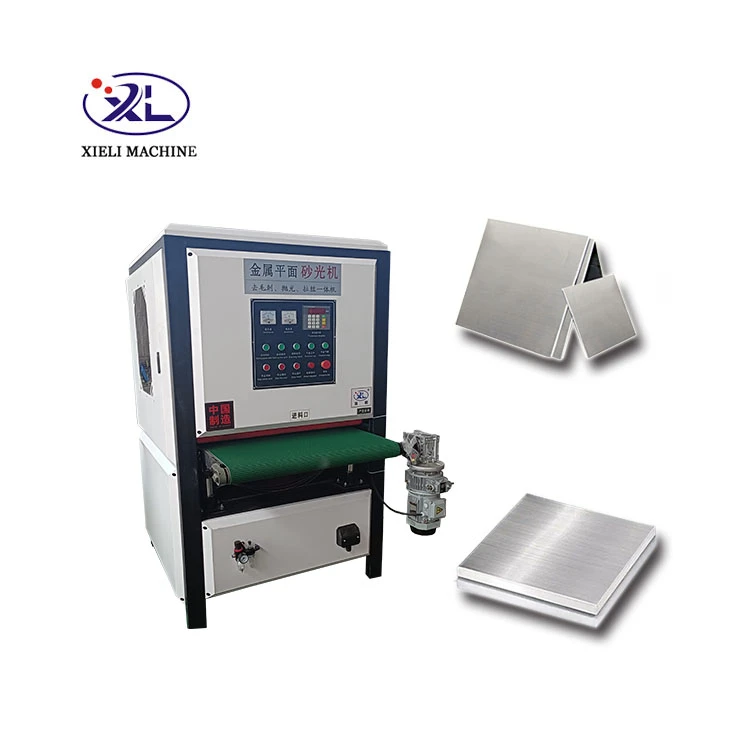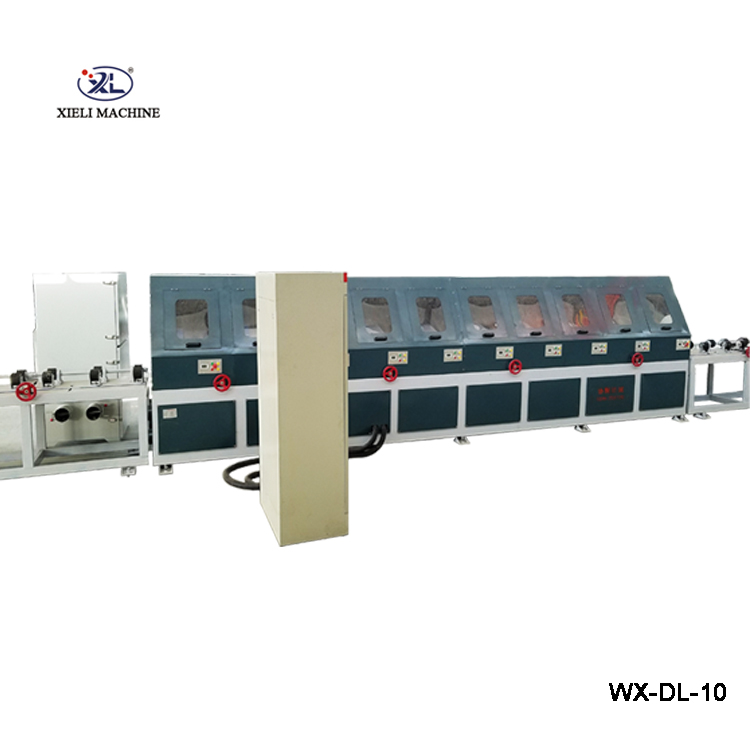For More Details Pls Contact Us
Fiberglass Reinforced Plastic (FRP), also known as fiber-reinforced plastic, is a composite material widely used across various industries.
Select The Product You Need

Xieli Machinery Metal Plate Flat Grinding Machine Metal Sheet Derusting Polishing Flat Sander Polish Machines

Stainless steel cylindrical rust removal polishing machine
Follow Our Blog